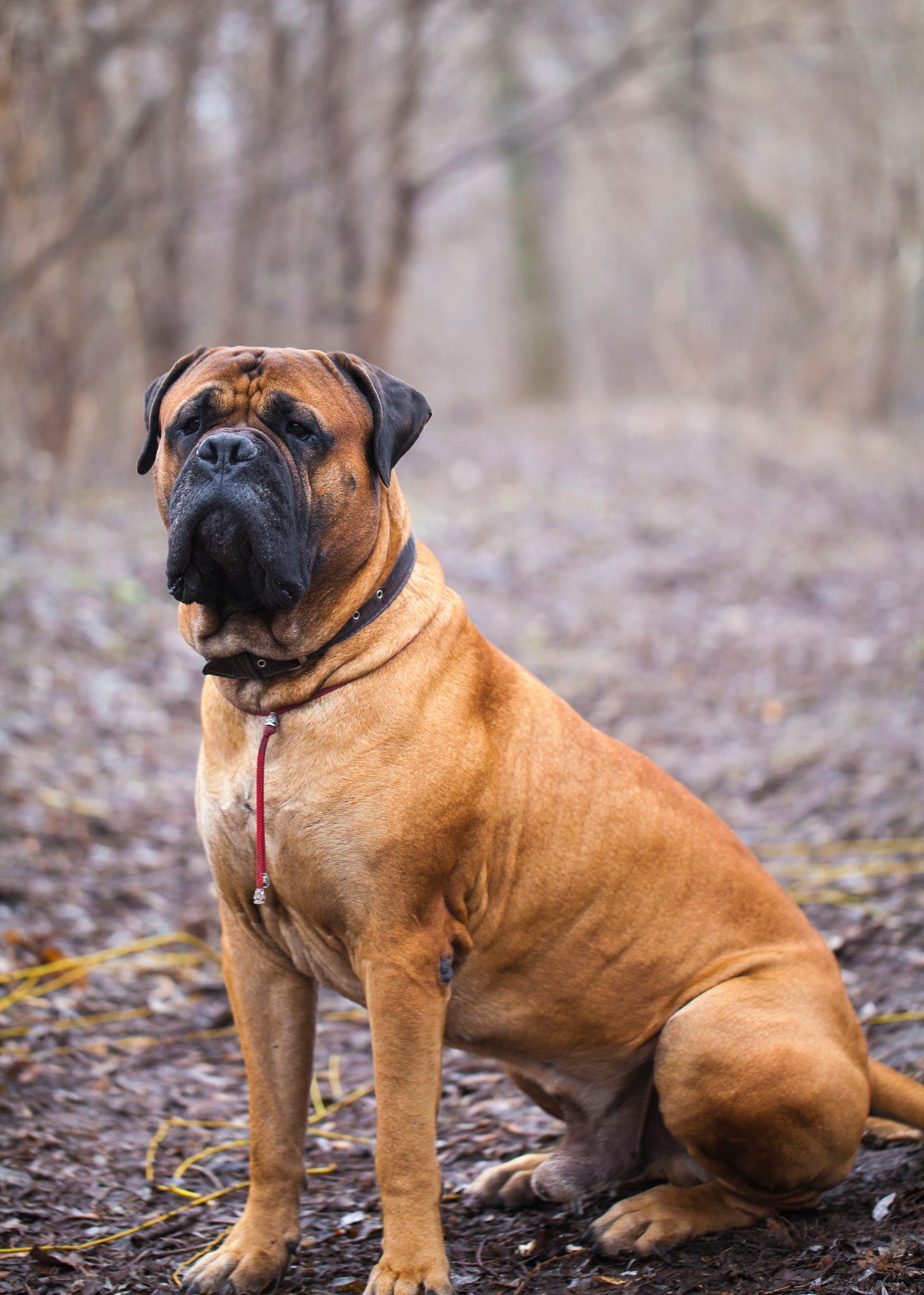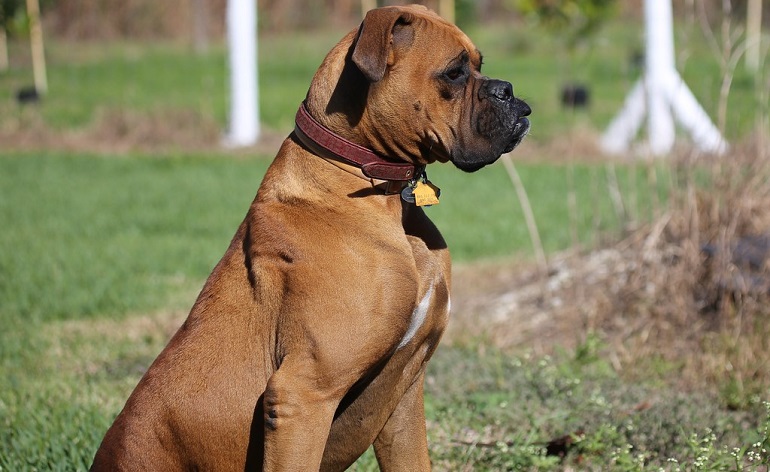Mastiffs have the ability to whine as other dogs, but because of a variety of reasons. Whining is a form of communication dogs employ to express their emotions or to express their needs. Mastiffs may whine for a variety of reasons. Attention-seeking- Mastiffs are a breed that enjoys spending time with their owners. They are friendly, social dogs. If they're bored or simply want to play, they may cry.
Stress and anxiety- Mastiffs could be anxious or sensitive dogs. They may whine when they feel stressed or anxious. It could be due to the fear of separation, changes in routines or environments or exposure to new or unfamiliar situations.
The discomfort and pain of Mastiffs can whine when they're experiencing pain or discomfort. It could be due to an injury or an illness. If your pet is suffering from discomfort, it's important that you monitor your pet and speak with a vet.
Mastiffs suffer from boredom. They are a high-energy breed and require plenty of physical exercise and mental stimulation. They may whine if they feel bored or are not getting enough exercise.
The feeling of thirst or hunger - A Mastiff may cry when they feel hungry or thirsty to let their owner or trainer be aware.
Mastiff owner must observe their dogs to find out the root of whining. The owners can help their Mastiffs feel more comfortable and less likely to whine by addressing the root of the issue. If you need help with your Mastiff's whining issues, consult a professional trainer or veterinarian. View the top rated best mastiffs for more tips.

Male Mastiffs Are Able To Rake Puppies?
Male Mastiffs generally don't actively take part in the care of puppies. They can be interested in the puppies, but most of the duties for them is usually given to the mother, breeder, or the owner. As with many other breeds of dogs, mastiffs aren't involved in the raising of their children. This is due in part to the fact that they aren't packs animals in the same way as wolves or other wild canids are, and do not have the same social structures and behaviors related to the care and parenting. Some Mastiff males may form close bonds with their pups and show affectionate or protective behaviors toward their pups. This isn't a common trait for Mastiffs and can vary from one dog to another.
How do Mastiff Puppies calm down?
Mastiff puppies are known to be energetic and fun. They typically calm down once they are old enough to be adults. Mastiffs usually age between 2 and 3 years old. of age. Mastiff puppies are likely to show energy and playfulness throughout their first year. As they mature and become more settled, Mastiff puppies may lessen their tendency to exhibit high-energy behaviors. Every Mastiff is unique , and may have different levels of energy and behaviors. Some Mastiffs may be more serene and peaceful at an early stage, while others could be more playful and energetic well into their adulthood. As they grow older, Mastiffs generally settle down and relax. Read the recommended english mastiff 4 months old for more examples.

What Are The Unique Characteristics And Personality Characteristics Of Dogue De Bordeaux?
The Dogue de Bordeaux or French Mastiff is a large powerful breed which originated out of France. Here are some of the characteristics and characteristics that are distinctive to the Dogue de Bordeaux. Appearance: The Dogue de Bordeaux has a muscular build, with large heads. Their coats are short and come in various colors, such as mahogany, red, and fawn.
Temperament - The Dogue de Bordeaux, despite their intimidating looks, is friendly and loyal to their family members. They are usually reserved around strangers, and they can be protective of their family and loved ones.
Training- The Dogue de Bordeaux is a strong-willed, independent dog that could pose a challenge to training for owners who are new to the breed. Positive reinforcement techniques are a great way to get them to respond.
It is essential to exercise regularly. while the Dogue de Bordeaux doesn't have an energy-hungry breed but they need to take in enough exercise every day to be fit and healthy. A quick walk or a game in a yard that is fenced can suffice.
Health concerns- As with many large breeds, Dogue de Bordeaux may be susceptible to skin infections, hip dysplasia as well as heart problems and heart problems. These ailments can be prevented or treated with regular veterinary checkups and proper nutrition.
Affectionate: The Dogue de Bordeaux, a close-knit breed, is affectionate. They can connect with their owners in a close way and become stressed or destructive when they are being left alone. See the recommended Dogue De Bordeaux breed for blog tips.
How Long And How Often Should You Train Your Neapolitan Mastiffs?
Neapolitan Mastiffs are large and strong, so they require to be exercised regularly. As with all breeds, the kind and quantity of exercise that a Neapolitan Mastiff requires can vary in accordance with their health, age as well as their activity level as well as other variables. It could be as simple as vigorous walks, hikes, or play sessions in a securely fenced yard. Keep in mind that Neapolitan Mastiffs can heat easily in hot, humid weather so be sure to avoid vigorous exercise during the hottest part of the day.
You should also make sure your Neapolitan Mastiff is getting lots of stimulation for their minds. Puzzle toys, exercise sessions, and games of tug-of-war or fetch to stimulate your dog's brain.
It's important to be aware of your Neapolitan Mastiff's level of activity and make adjustments as needed. Dogs who are older or less active may require less exercise while younger or more energetic dogs may require more. It's always an excellent idea to consult a professional dog trainer and veterinarian regarding the most effective exercise plan for your dog. Follow the most popular Neapolitan mastiff breed for website info.

What Do Tosa Inu (Japanese Mastiff) Like To Consume What Is The Average Number Of Times Per Day?
Tosa Inu is also known as Japanese Mastiff. Because they are a large and powerful breed, their dietary requirements will vary according to their age, weight and level of activity. Tosa Inu requires drinking water that is clean at all times. Tosa Inu should be fed high-quality, dry kibble that contains an average protein content of 20-25%. You can also give them cooked or raw meats, such as beef or fish to complement their kibble. You should ensure that your dog is cooked and taken away any bones. This is due to the fact that raw meat can be a source of bacteria that could pose a risk to their health.
The quantity of food consumed and frequency of meals can be contingent on the individual's age and levels of activity. Puppy dogs typically require meals three to four times a week, while adult Tosa Inu only require one meal per day. The average Tosa Inu adult must eat around 2-4 cups high-quality dry foodthat is divided into two meals. Tosa inu are prone to overweight. Overfeeding them can lead to heart disease and joint pain.
Tosa Inu owners are advised to consult with their veterinarians to determine the most appropriate amount and frequency for them to be fed. Check out the most popular visit this Tosa Inu Japanese Mastiff for blog advice. Read more Good Tips When Buying The Best Mastiff Msftip 54d5638

